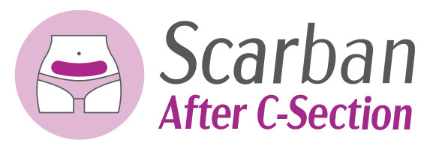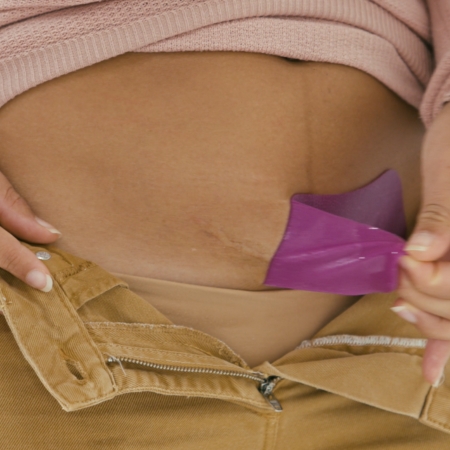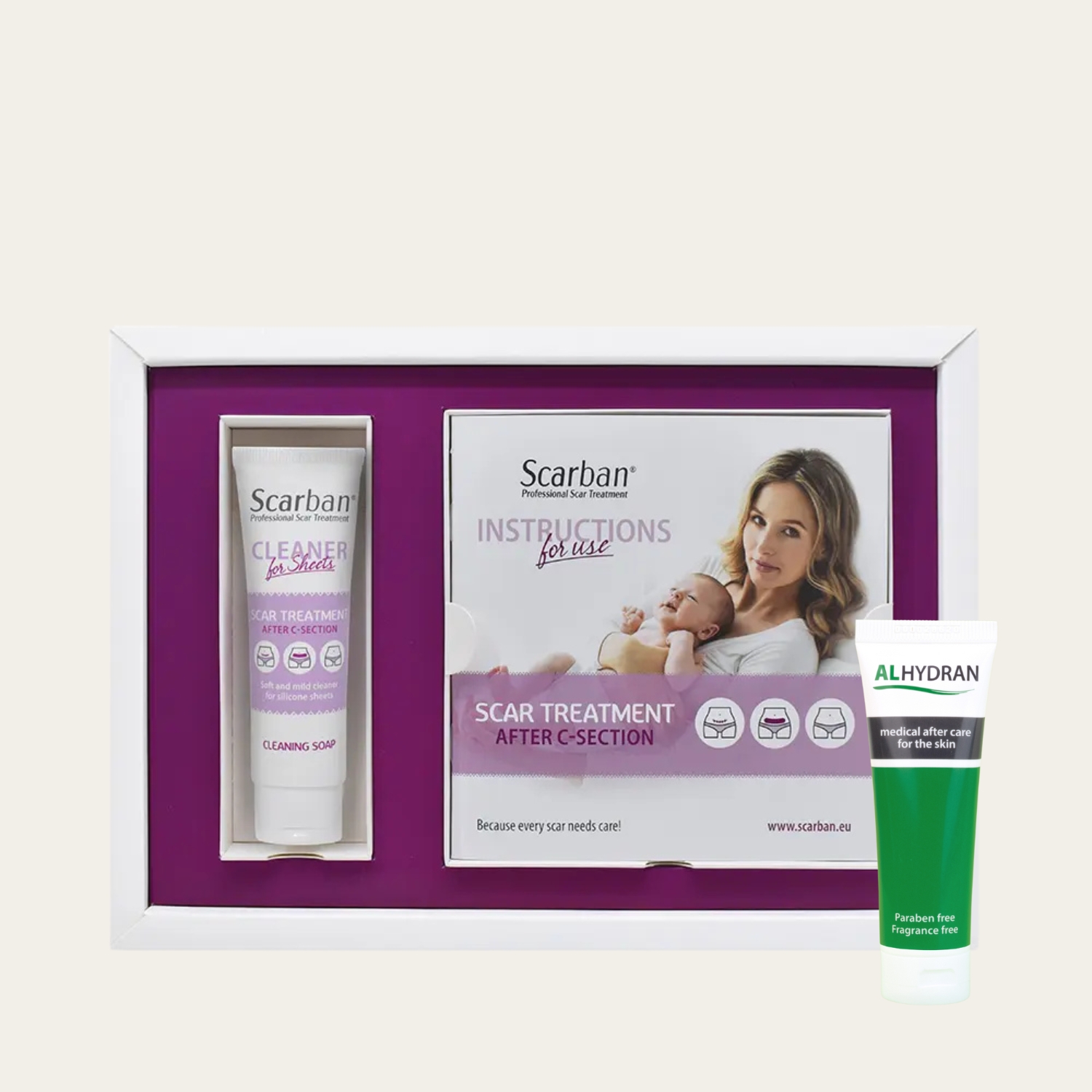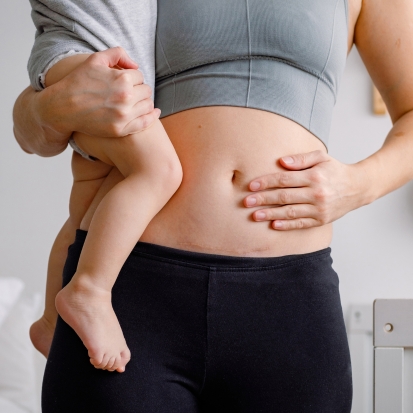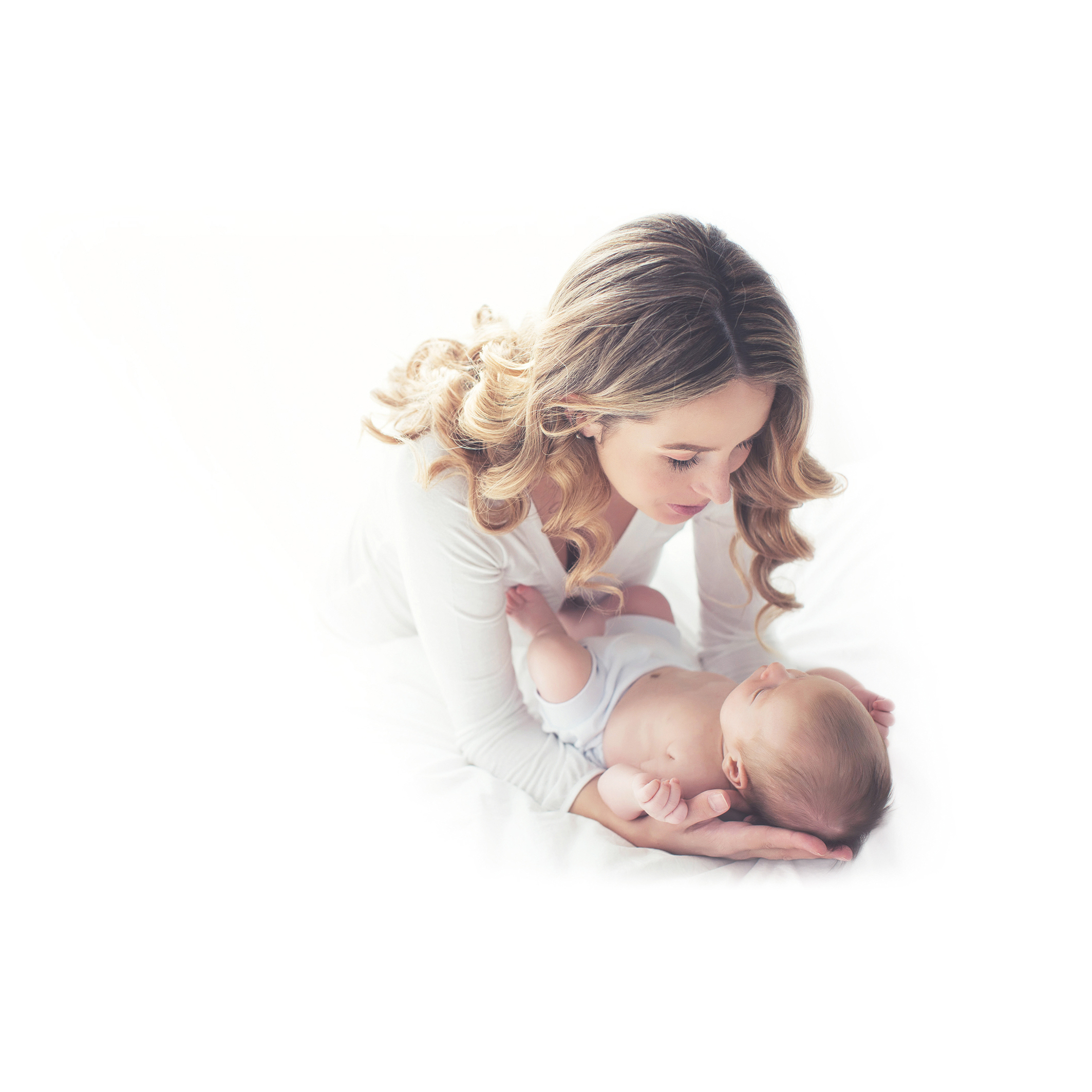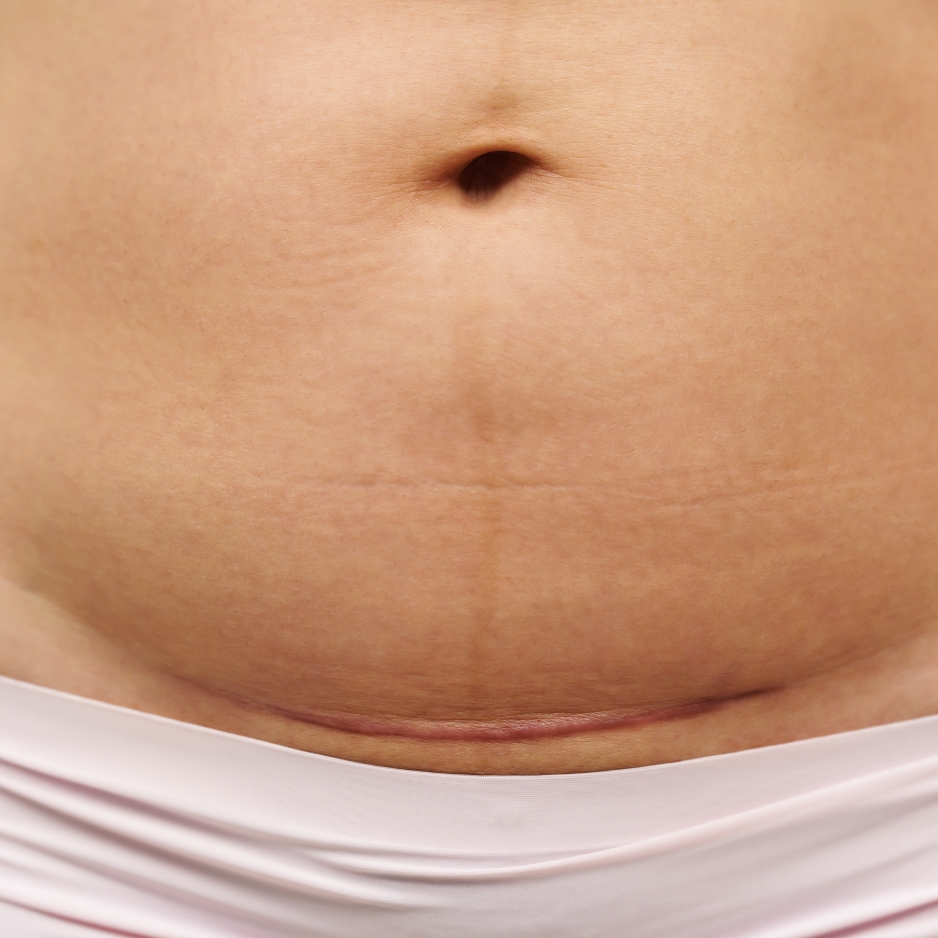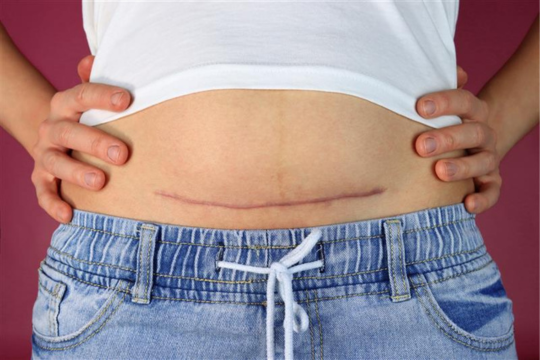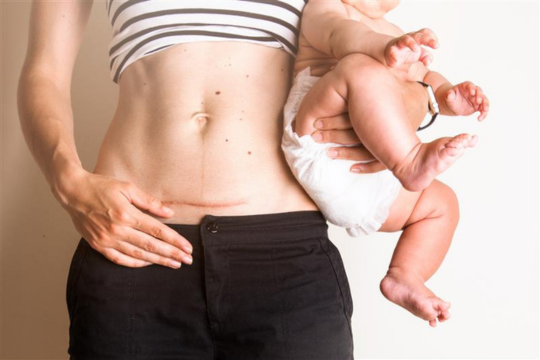Understanding and Caring for Your C-Section Scar
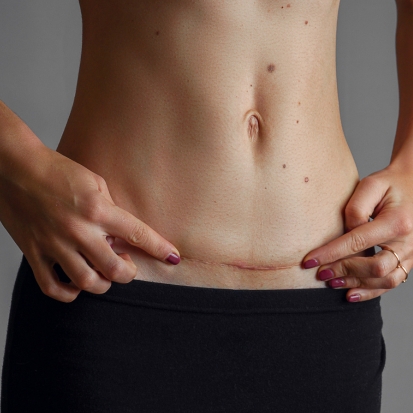
A C-section is a major surgery that leaves a scar on your lower abdomen. Proper care can help this scar heal well and reduce any long-term issues. If you’re in the early stages of recovery, you may also find our guide on Recovery After Your C-Section helpful.
Common Scar Issues
After a C-section, some mums may experience scar-related issues such as infection, excessive bleeding, deep vein thrombosis (DVT), or adhesions. Infection can cause redness, swelling, and discharge, while heavy bleeding, though rare, may require treatment. DVT, a blood clot in the leg, can lead to pain and swelling and needs urgent medical attention. Adhesions, or internal scar tissue, may cause discomfort and affect future pregnancies.
Early treatment can help prevent long-term problems, and proper scar care—like silicone therapy, massage, and staying active—can support smoother healing. If you’re struggling with the emotional effects of your C-section experience, check out our blog on The Mental Impact of C-Sections: Overcoming Postpartum Challenges for guidance.
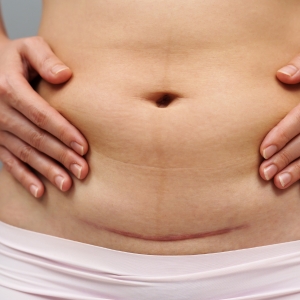

Why Does My Scar Still Hurt?
It's not uncommon for C-section scars to cause discomfort even years after surgery. This can be due to the scar tissue becoming stiff and less flexible. During subsequent pregnancies, the growing belly can stretch the scar, leading to pain. If you’re planning another pregnancy, you might want to read Understanding C-Sections: A Guide to Preparation and Support for tips on what to expect the second time around.
Tips for Scar Care
Start Early
Begin scar treatment once your wound has fully closed.
Use Silicone Therapy
Products like Scarban C-Section silicone sheets can help keep the scar hydrated, reduce redness, and make it softer and flatter. These sheets are designed specifically for C-section scars and can be cut to fit your scar perfectly. For best results, wear the silicone sheet for 12 to 20 hours daily, cleaning it regularly with the provided soap. Consistent use over several months can lead to significant improvements. If you need a step-by-step guide, check out How to Care for Your Scarban C-Section.
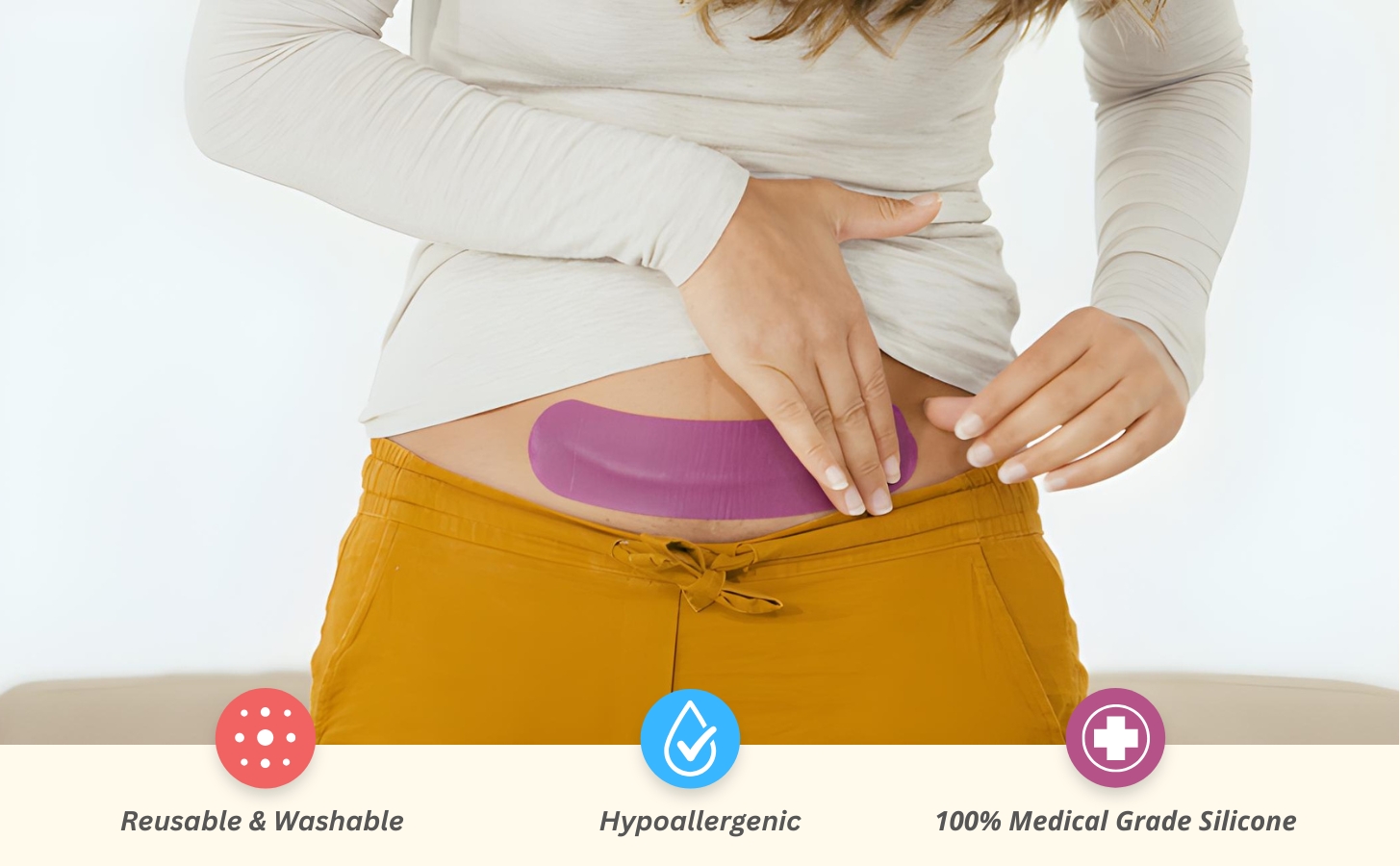

Massage the Scar
Gently massaging your C-section scar can improve flexibility, reduce tightness, and boost blood flow for better healing. Use circular motions with a moisturiser once fully healed. If you experience discomfort or excessive tightness, consider seeing a scar specialist or physiotherapist for professional scar therapy to aid recovery and mobility.
Stay Active
Light exercises, as advised by your healthcare provider or Midwife, can aid in overall recovery. If you’re looking to regain strength safely, our blog on Recovery after your C-Section is a great resource.
Traveling After a C-Section
If you’re planning a trip and wondering whether it’s safe to travel, take a look at our dedicated blog on Flying After a C-Section: Things to Consider for tips on making your journey more comfortable.
FAQs: Caring for Your C-Section Scar
What common issues can arise with a C-section scar?
Infection, excessive bleeding, adhesions, and scar pain are common. Watch for redness, swelling, or discomfort and seek medical advice if needed.
Why does my C-section scar still hurt years later?
Scar tissue can stiffen over time, causing pain, especially during pregnancy or physical activity. Using silicone therapy and massage may help improve flexibility.
How can I care for my C-section scar?
Keep the scar clean, moisturised, and protected. Scarban Silicone Sheets help reduce redness and soften scars for better healing.
Does scar massage help with healing?
Yes, gentle scar massage improves blood flow, reduces tightness, and enhances flexibility. Start once the scar is fully healed.
About the Author

Categories
